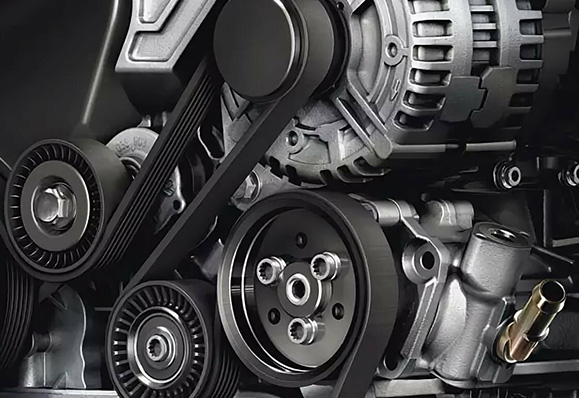- Arabic
- French
- Russian
- Spanish
- Portuguese
- Turkish
- Armenian
- English
- Albanian
- Amharic
- Azerbaijani
- Basque
- Belarusian
- Bengali
- Bosnian
- Bulgarian
- Catalan
- Cebuano
- Corsican
- Croatian
- Czech
- Danish
- Dutch
- Afrikaans
- Esperanto
- Estonian
- Finnish
- Frisian
- Galician
- Georgian
- German
- Greek
- Gujarati
- Haitian Creole
- hausa
- hawaiian
- Hebrew
- Hindi
- Miao
- Hungarian
- Icelandic
- igbo
- Indonesian
- irish
- Italian
- Japanese
- Javanese
- Kannada
- kazakh
- Khmer
- Rwandese
- Korean
- Kurdish
- Kyrgyz
- Lao
- Latin
- Latvian
- Lithuanian
- Luxembourgish
- Macedonian
- Malgashi
- Malay
- Malayalam
- Maltese
- Maori
- Marathi
- Mongolian
- Myanmar
- Nepali
- Norwegian
- Norwegian
- Occitan
- Pashto
- Persian
- Polish
- Punjabi
- Romanian
- Samoan
- Scottish Gaelic
- Serbian
- Sesotho
- Shona
- Sindhi
- Sinhala
- Slovak
- Slovenian
- Somali
- Sundanese
- Swahili
- Swedish
- Tagalog
- Tajik
- Tamil
- Tatar
- Telugu
- Thai
- Turkmen
- Ukrainian
- Urdu
- Uighur
- Uzbek
- Vietnamese
- Welsh
- Bantu
- Yiddish
- Yoruba
- Zulu
окт . 21, 2024 18:49 Back to list
Understanding the Importance of Timing Belts in Car Engine Performance and Maintenance
Understanding Car Engine Timing Belts A Vital Component for Optimal Performance
The timing belt is an essential component of an internal combustion engine, playing a critical role in ensuring that the engine runs smoothly and efficiently. Often made from rubber with nylon or fiberglass reinforcement, this component synchronizes the rotation of the crankshaft and camshaft, ensuring that the engine’s valves open and close at the precise moment during each cycle of combustion.
The Importance of the Timing Belt
The timing belt is crucial for maintaining the engine's timing – the sequence in which the engine parts operate – and is particularly important in preventing collisions between the pistons and valves. In engines that use non-interference designs, the timing belt's failure can lead to a loss of power and performance, usually without catastrophic damage. However, in interference engines, a broken timing belt can cause severe damage, as the pistons can collide with the open valves, leading to costly repairs.
Regular maintenance is necessary to ensure the longevity of the timing belt. Most manufacturers recommend replacing the timing belt every 60,000 to 100,000 miles, although it’s essential to consult your vehicle’s manual for specific recommendations. Ignoring the replacement schedule can lead to premature failure, significantly increasing the risk of extensive engine damage.
Signs of Timing Belt Wear
Being proactive about your timing belt’s condition is crucial. Here are some signs that your timing belt may need attention
1. High Mileage If your vehicle is approaching the manufacturer’s recommended replacement interval, it’s time for an inspection. 2. Visual Inspection Look for cracks, fraying, or discoloration on the timing belt. Any visible wear can indicate that the belt is nearing the end of its life.
car engine timing belt

4. Unusual Noises A chirping sound coming from the engine could indicate a loose or worn belt. This noise is a warning sign that should not be ignored.
5. Oil Leaks If oil leaks from the front of the engine, it may affect the timing belt as oil can degrade the rubber material, causing it to fail.
Replacement Process
When it comes to replacing a timing belt, it’s often recommended to have a professional mechanic perform the job. The process involves removing several components, including the engine cover, pulleys, and possibly the water pump to access the belt. Once everything is in place, the old belt is removed, the new belt is installed, and everything is put back together. Mechanics typically suggest replacing associated components, such as the water pump, tensioners, and idler pulleys during this process to prevent future issues.
Final Thoughts
Understanding the significance of the timing belt and maintaining its condition is vital for every vehicle owner. Regular inspections and adhering to replacement schedules can save you from potentially devastating engine problems and costly repairs. Remember, a well-timed engine is not only about performance; it’s also about reliability and safety on the road. By staying informed and proactive, you can ensure your vehicle remains in top condition, helping you to avoid inconvenient breakdowns and ensuring a smoother driving experience. Always consult your vehicle’s manual for guidance specific to your model, and don’t hesitate to seek professional assistance when in doubt. A little knowledge and care can go a long way in preserving the heart of your vehicle.
-
Korean Auto Parts Timing Belt 24312-37500 For Hyundai/Kia
NewsMar.07,2025
-
7PK2300 90916-T2024 RIBBED BELT POLY V BELT PK BELT
NewsMar.07,2025
-
Chinese Auto Belt Factory 310-2M-22 For BMW/Mercedes-Benz
NewsMar.07,2025
-
Chinese Auto Belt Factory 310-2M-22 For BMW/Mercedes-Benz
NewsMar.07,2025
-
90916-02660 PK Belt 6PK1680 For Toyota
NewsMar.07,2025
-
drive belt serpentine belt
NewsMar.07,2025

